Keeping the nature of habitats in the mind you can prepare yourself for a photoshoot in the reserves.
In dense forests, you need cameras with short focal lengths and large apertures. The best is 300 mm with a 2.8 aperture. Due to slight variations and instability, you need critical lenses but good quality zoom lenses will do. For support, you need a monopod or a sandbag nothing else. Keep your equipment ready always albeit it will face a lot of dust in dry weather. But there is rarely time to laboriously ready the camera. You will lose a good composition for sure.
The big cats create fascinating movements, can be at the right habitat juncture in good light, and their expression can be highly amusing. This is no job for a slow worm.
Tigers emerge all of a sudden and you have to be quick enough to compose and click. If you are not fast then photograph the deer. Speed is applicable with birds as well.
Whence a tiger is emerging your naturalist will give you a hint. Be ready and be fast whence the predator comes in your view. These animals are very shy and elusive and easily disturbed by noise and jerky movements. Hence keep in the right position and avoid jerky movements. Aim & Shoot!
The whole team will be tracking tigers hence keep your ears open. The naturalist guide will be speaking in English for your comfort. Your sensory apparatus will be at its best for it will assist in sighting the big cat as it emerges.
Silence is the key discussion with the team only when you are in an area where likely hood of tiger movement is less. Your naturalist will be relaxed at that point and willing to listen to you. Anyway, do not discuss or talk shop with the naturalist and guide reserve that for the post-safari session.
Small grassland may accord a picture in the open, but African savanna-like habitats are missing.


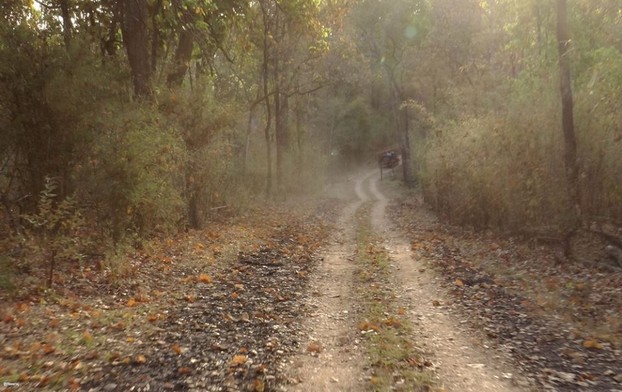
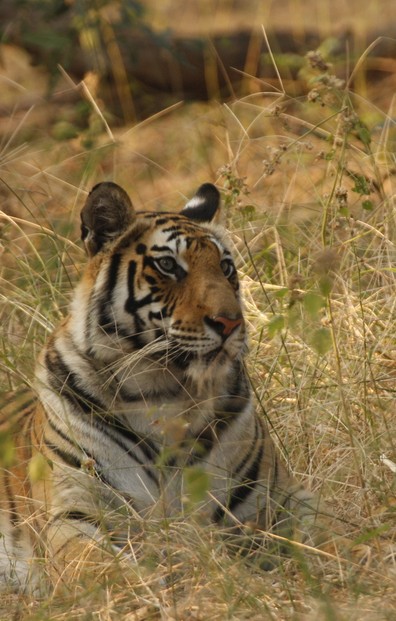
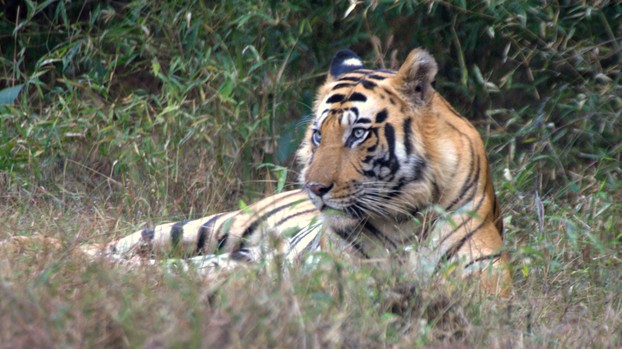
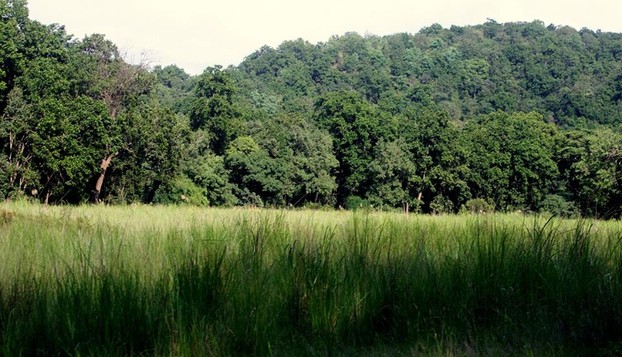
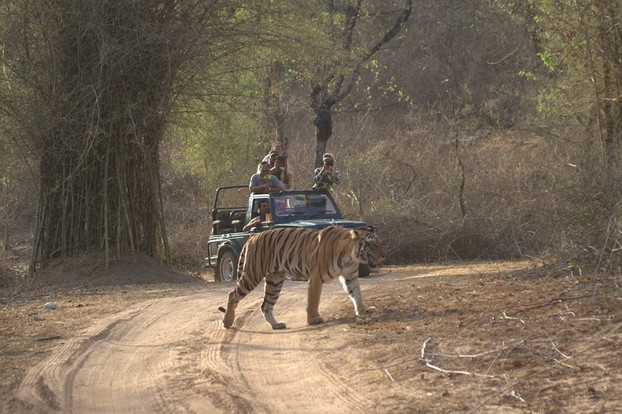
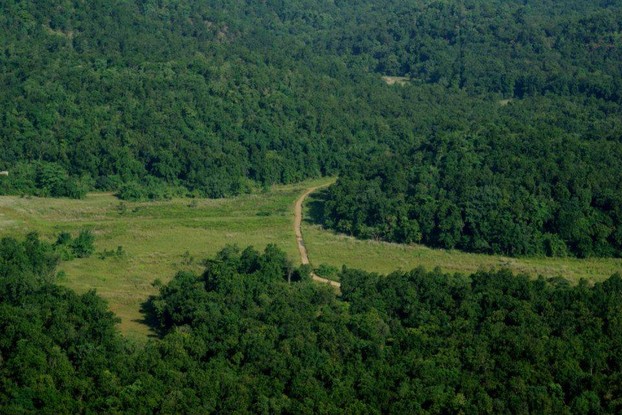

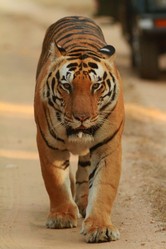

 Full Day Safari in Bandhavgarhon 08/29/2023
Full Day Safari in Bandhavgarhon 08/29/2023
 SEO Campaign: Website Overhaulon 02/13/2023
SEO Campaign: Website Overhaulon 02/13/2023
 Indian Food It Is Not All Curryon 02/08/2023
Indian Food It Is Not All Curryon 02/08/2023
 How Tiger Tourism is Organized in India?on 02/07/2023
How Tiger Tourism is Organized in India?on 02/07/2023


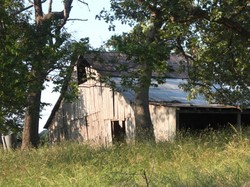
Comments
Tourist accommodation and eateries are well segregated in the park. However in the resorts which are outside the dump could attract nocturnal animals. But they are organizing waste management now.
pateluday, Thank you for practical information, pretty pictures and product lines.
Does it not attract the core sentient animals that tourists eat and use facilities? Or is there near-immediate or on-the-spot clean-up and removal? It seems to me that the food would have to be an attractant whereas perhaps bathroom-stop sights and smells would be perceived as territory-marking.